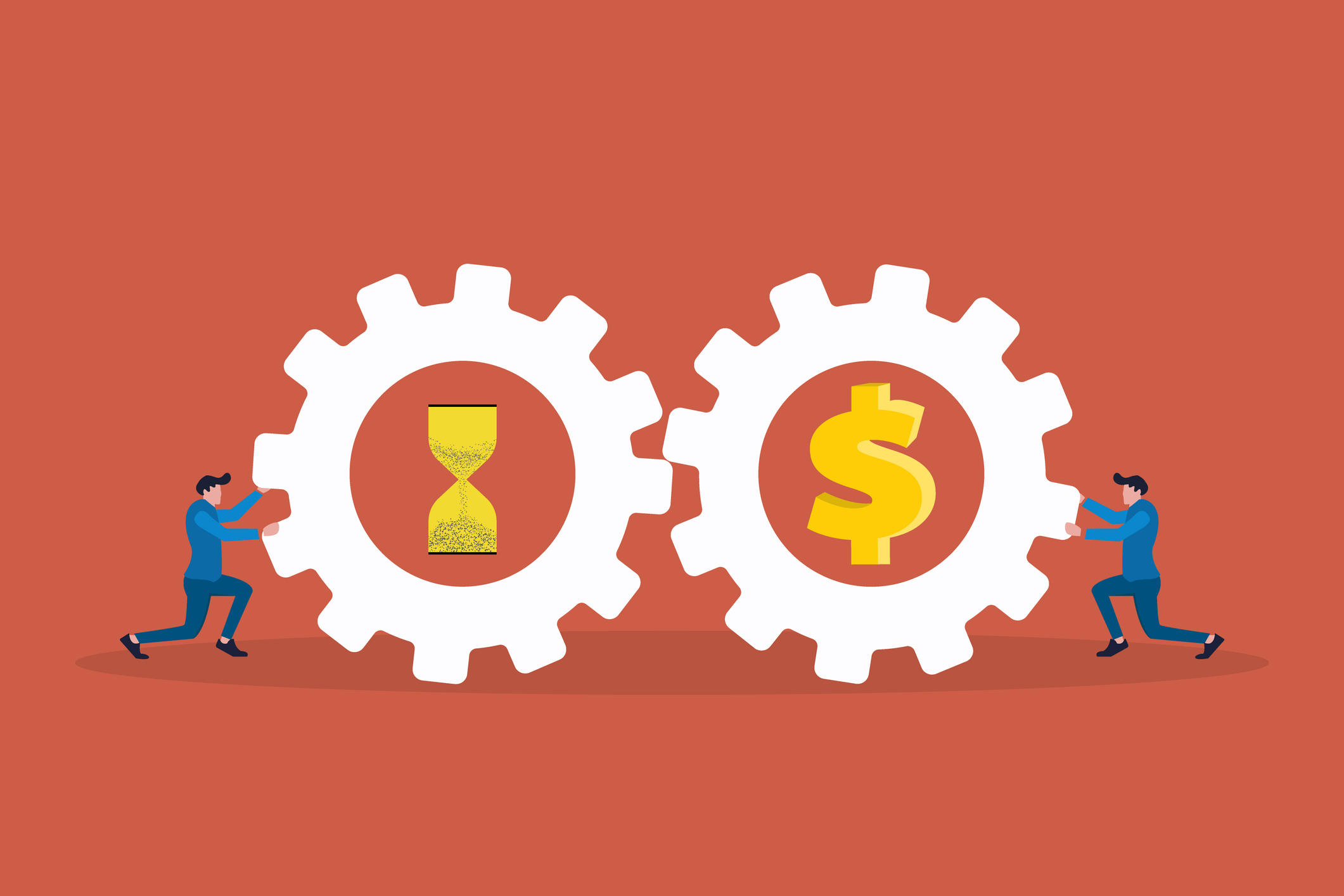Last month we talked about the challenge our retailers will face next spring when the price of many luxury goods will increase by 10% to 30%. Higher costs mean not just tighter budgets, but also eroding profits if your sales trend is not also on the upswing.
Instead of shying away from fresh goods — which customers clearly want — we recommended increasing turn rates. Because the alternative of carrying mostly stock items and basics simply does not incite sales.
First a primer. Turn is defined as how many times you sell through your inventory in a given period (usually a year). At Blacks, we use this formula: 12 Months Sales/13 Months Average Inventory.
Now, let’s take a look at ways to increase your turn, and what happens to other parts of your sales plan when you do.
How To Kick Up Your Turn Rate
1. Buy closer to the NEW demand calendar
Over the summer, fall goods sold extremely well in July. What does this tell us? First, customers are hungry for new goods, but second, the demand season has shifted in some seasons.
(This early surge might not be the case for the Spring season since customers buying spring goods in February would have to sit on them until the weather warms.)
But take a look at your sales trend from last year to see when demand really picked up. It will depend on your location. For fall, it could mean an extra month of full-priced sales.
2. Smaller initial buys + faster reorders.
Test and chase what works rather than betting big upfront. Unless you sell exclusive luxury goods, you can always reorder popular items in season. Save at least 20% of your OTB for in-season fill-ins and reorders.
3. Better product placement & visual merchandising
Feature new or key styles prominently and rotate often. Refocus on the merchandising basics. For instance, we all know about the dead zone in the back left-hand corner of the store – are you placing in-demand items there?
4.Focus on productive categories.
We recommend that you rotate out 10% of your lowest performing vendors each season.This means doing a vendor evaluation taking into account sell-thru and compatibility with other merchandise to increase transaction values.
5. Manage Markdowns Proactively
Markdowns aren’t the enemy — late markdowns are. Make sure to start your markdown cadence early enough to clear goods.
How Turn Affects Other Parts of Your Plan
Now that we have examined how to increase turn, let’s look at how these changes may roll through your inventory plan so you are prepared to keep the momentum going.
OTB — When you increase your turn, you free up your open-to-buy to bring in new products. When turn slows you have less room for newness or reorders.
Orders & Reorders– High turn gives you better responsiveness to trends and lower holding costs.
Cash Flow — Faster turns means faster cash recovery. This improves your liquidity. Slower turns mean your cash is stuck in inventory, potentially leading to higher financing or storage costs.
Margin – Since slow moving inventory can require markdowns to clear, speeding up the turn improves margin rates.
The bottom line is that your turn rate isn’t just a metric; it’s a leverage point that affects almost every other part of an inventory plan — from cash flow and assortment depth to your buying cadence.
If you need help with strategies to speed up your turn and improve your overall performance, give us a call.







